Subaru unveils second electric model – the Trailseeker EV
Let’s begin with the Trailseeker EV: the name alone hints at the model’s off-road ambitions, which will feature all-wheel drive as standard. “The name Trailseeker was developed to highlight the SUV’s go-anywhere attitude with 8.3 inches of ground clearance, exceptional capability, and usable passenger and cargo space,” the US subsidiary of the Japanese manufacturer writes.
Although the vehicle’s body style has led some to describe it as a raised electric estate car, Subaru refers to it as the brand’s second battery-electric SUV. In classic Subaru fashion, the Trailseeker EV will feature a symmetrical all-wheel-drive system with a 50:50 power distribution between the front and rear axles, similar to many of the brand’s combustion models. However, in the case of the electric SUV, this does not involve a mechanical centre differential but rather two equally powered electric motors – one on each axle. The maximum power output is 276 kW. The all-wheel-drive system also includes an ‘X-Mode’ system, allowing drivers to select from various driving profiles such as Snow/Dirt, Deep Snow/Mud, Grip Control, and Downhill Assist Control.
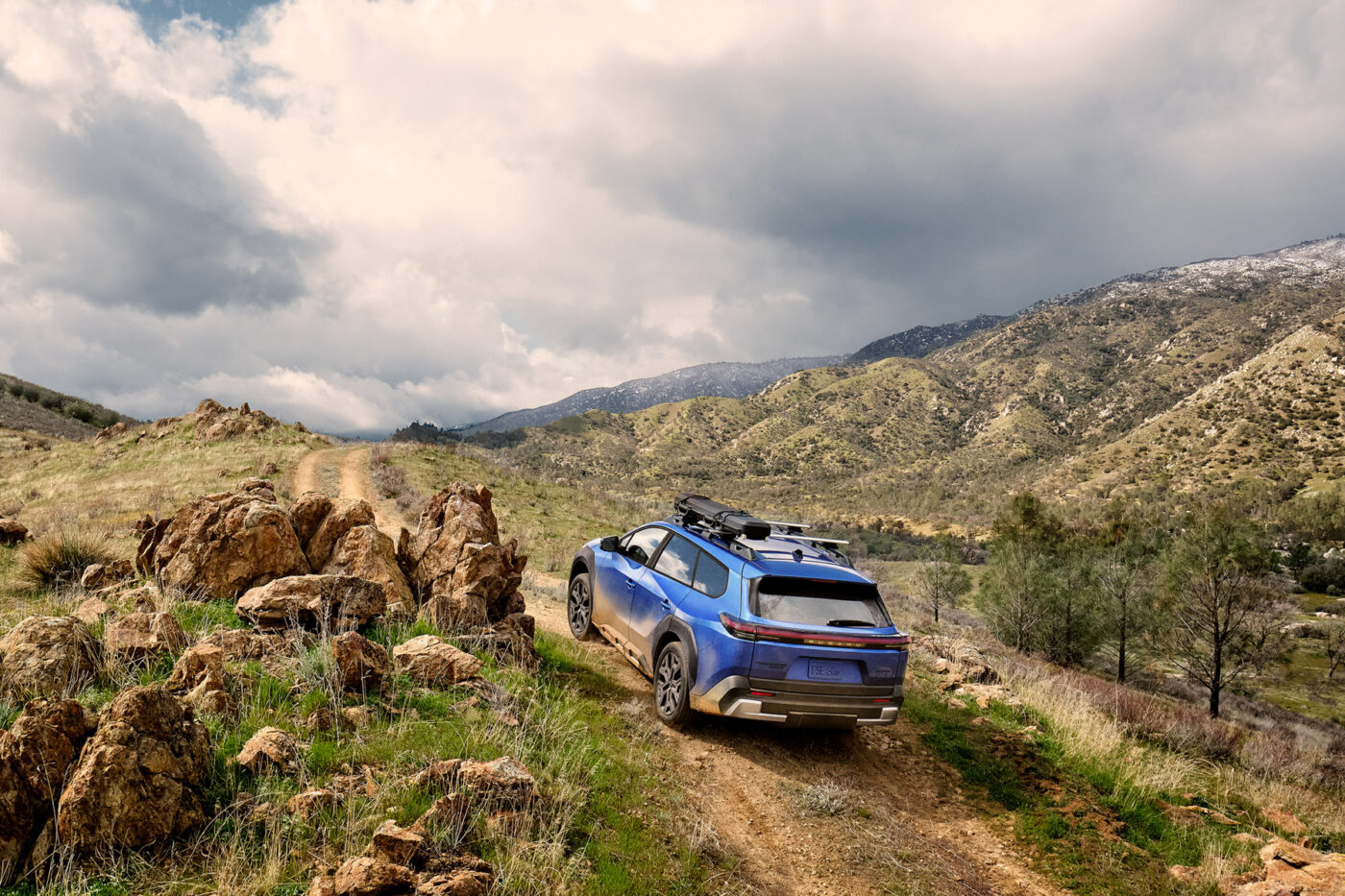
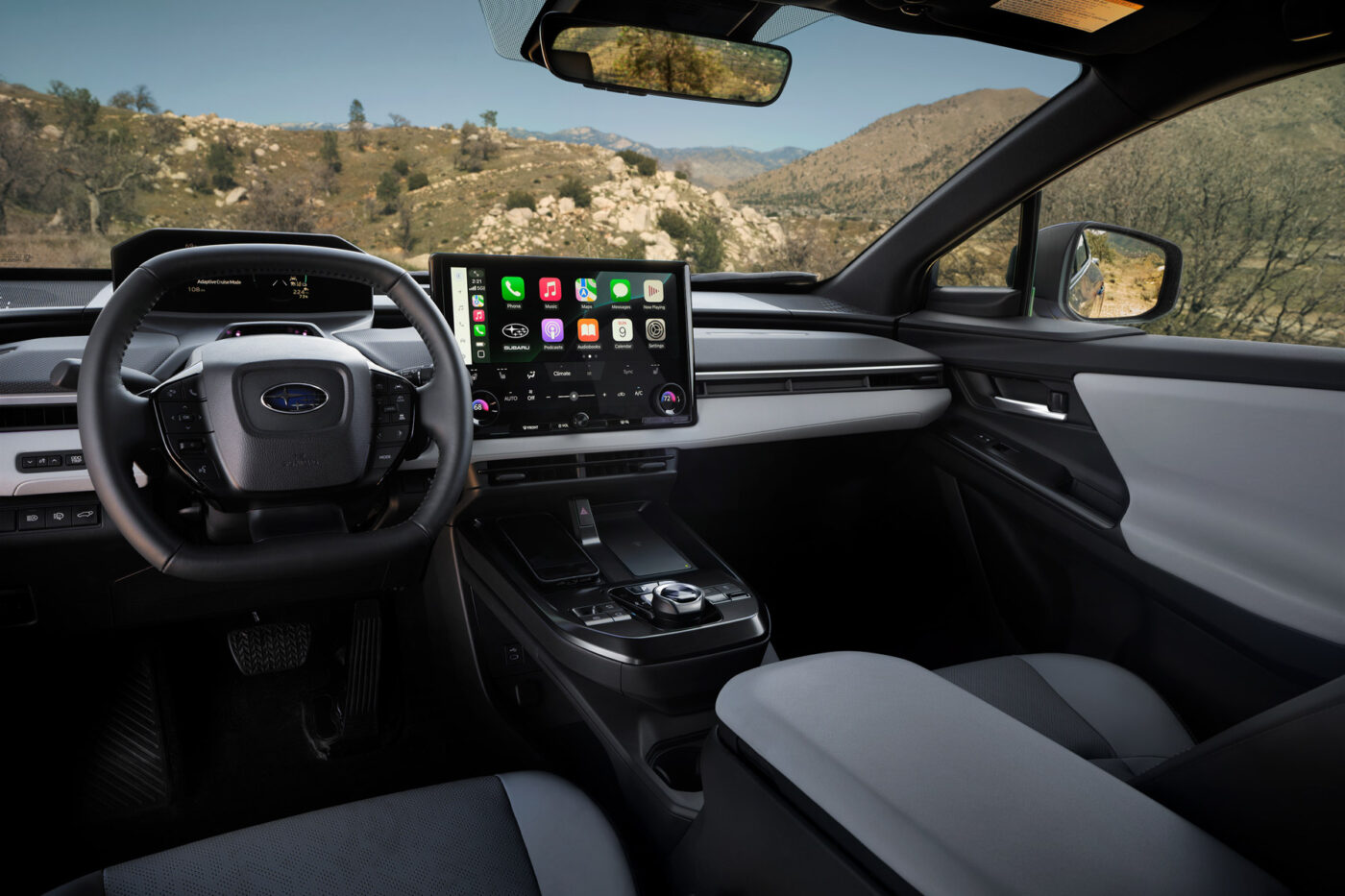
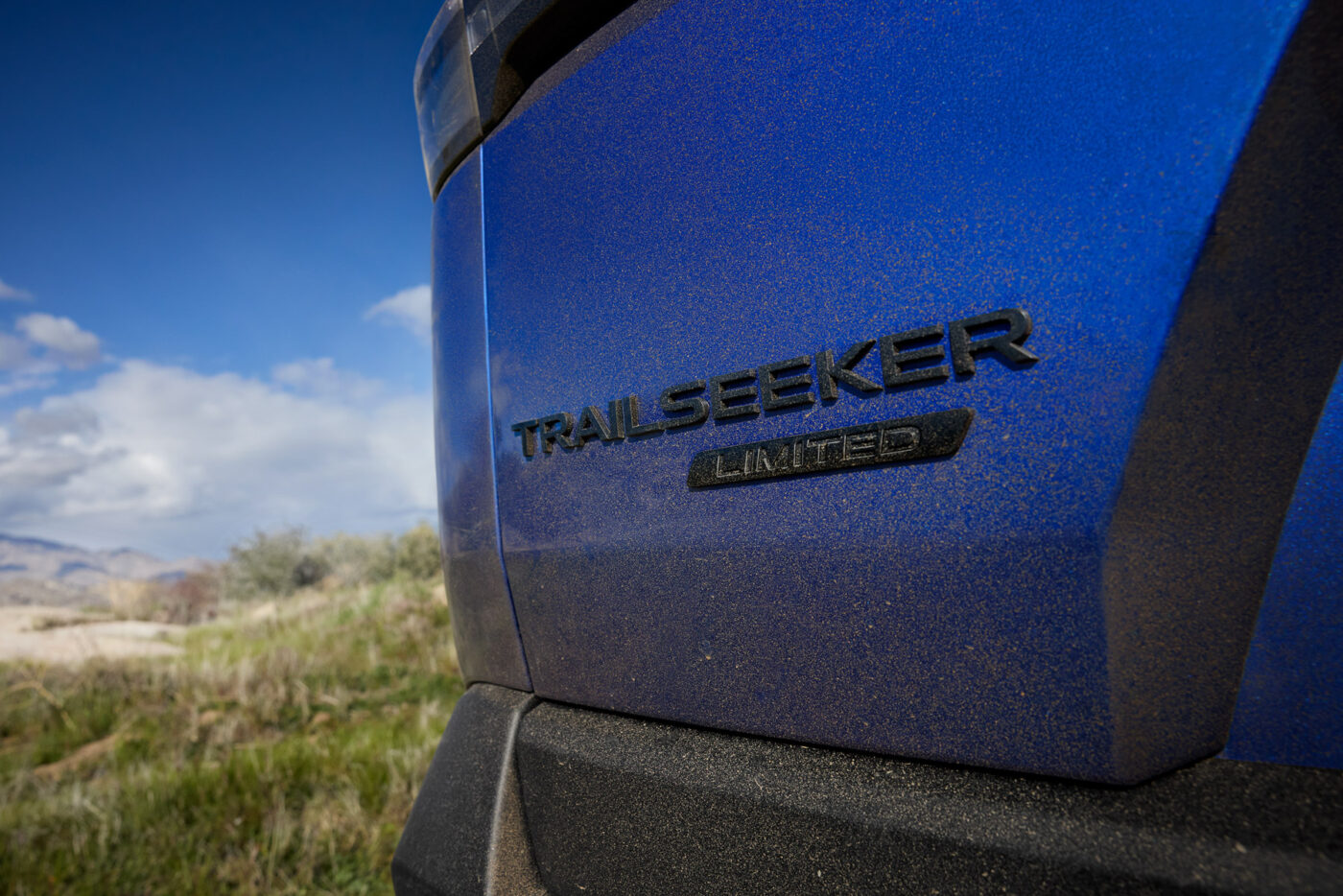
The battery, mounted in the vehicle’s floor, has a total capacity of 74.7 kWh. Subaru has not specified whether this figure refers to gross or usable capacity. The EV’s range is expected to reach 260 miles according to the US EPA test cycle – which is approximately 418 kilometres. As is typically the case, the WLTP range will likely be somewhat higher. The US version will be fitted with a NACS charging port for rapid charging. Thanks to battery preconditioning, the Trailseeker should be ‘ready for fast charging’ in both hot and cold conditions, according to Subaru. The peak charging rate is 150 kW, although the Japanese carmaker has not disclosed how long it takes to charge from 10 to 80 per cent. Pricing and detailed specifications will be announced closer to the model’s market launch in early 2026.
It is clear, however, that the Trailseeker EV is positioned as a more practical alternative to Subaru’s first electric SUV, the Solterra. It is around 15cm longer and 2.5cm taller than the Solterra, which is expected to benefit boot capacity in particular. To further enhance practicality, the Trailseeker comes with roof rails as standard and can be ordered with a tow hitch. The US model’s towing capacity is 3,500 pounds – roughly 1,580 kg – so a European version may be certified at around 1.6 tonnes.
Subaru also used the New York Motor Show to present the revised Solterra. The updated version now features the same 74.7 kWh battery, extending its range to up to 285 miles (458 kilometres according to EPA) – a 25 per cent increase over the previous version. Like the Trailseeker, the updated Solterra now benefits from battery preconditioning, enabling it to take advantage of charging rates up to 150 kW (in North America via a NACS connector) under a wider range of conditions. A standard charging session from 10 to 80 per cent is expected to take under 35 minutes – a figure that likely also applies to the Trailseeker, although Subaru has not explicitly confirmed this.
The Solterra’s drivetrain now delivers 171 kW, with the introduction of the new Solterra XT variant bringing a dual-motor all-wheel-drive version rated at 249 kW. This version is said to accelerate from 0 to 60 mph (96 kph) in under five seconds. Both AWD variants are equipped with an enhanced controller, allowing more flexible power distribution and drive force control. The Solterra also continues to offer the X-Mode system for varying off-road conditions.
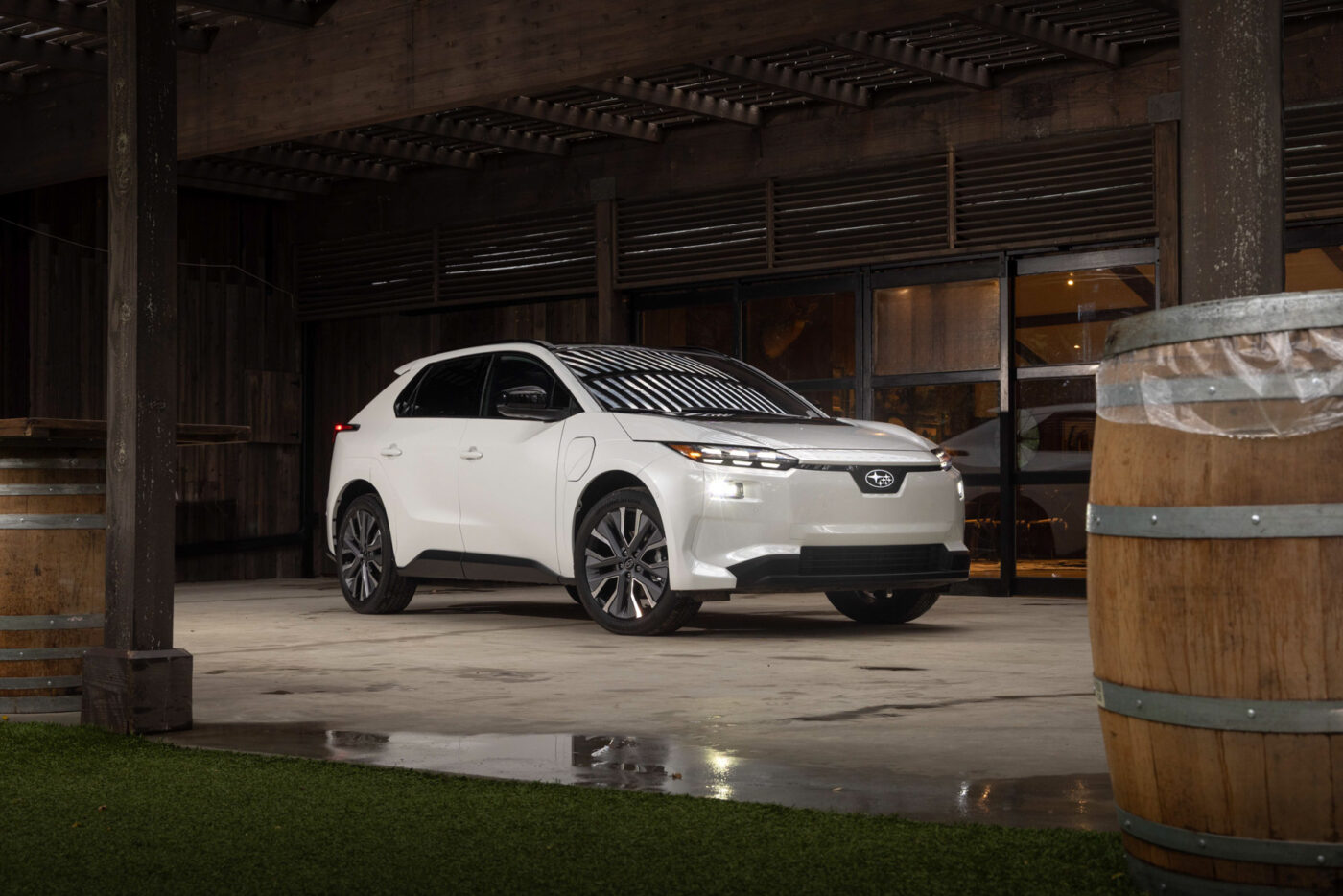
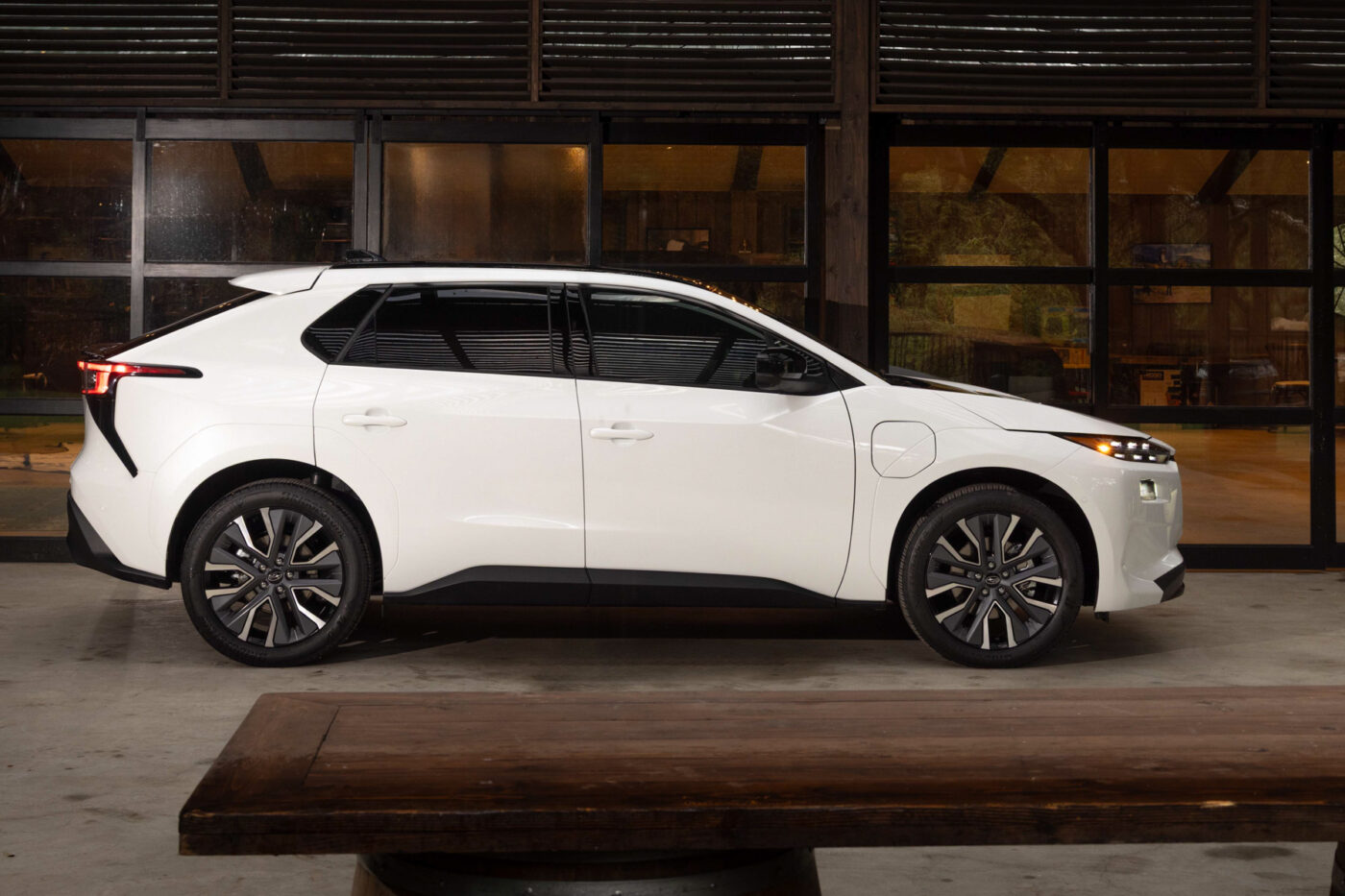
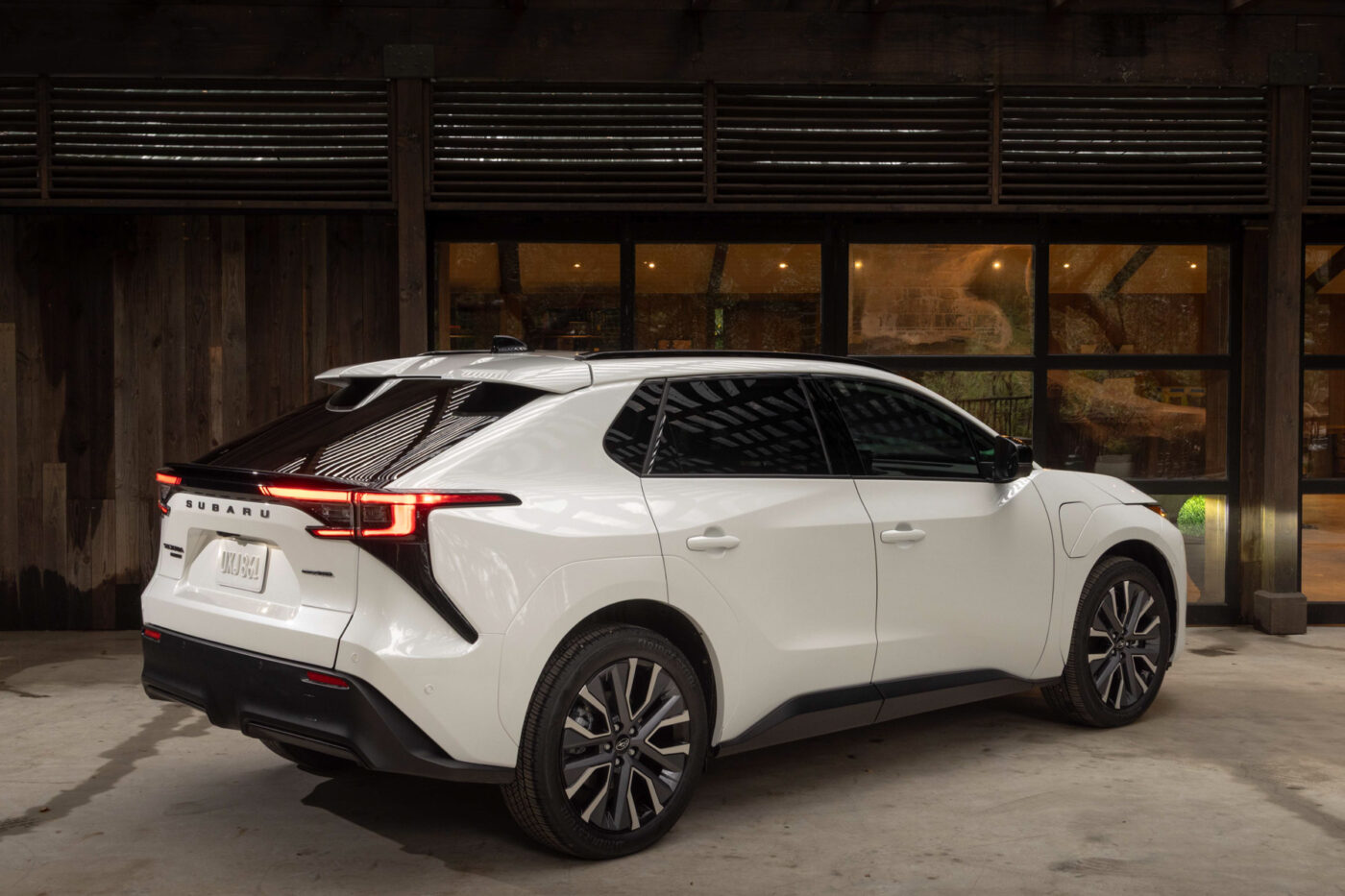
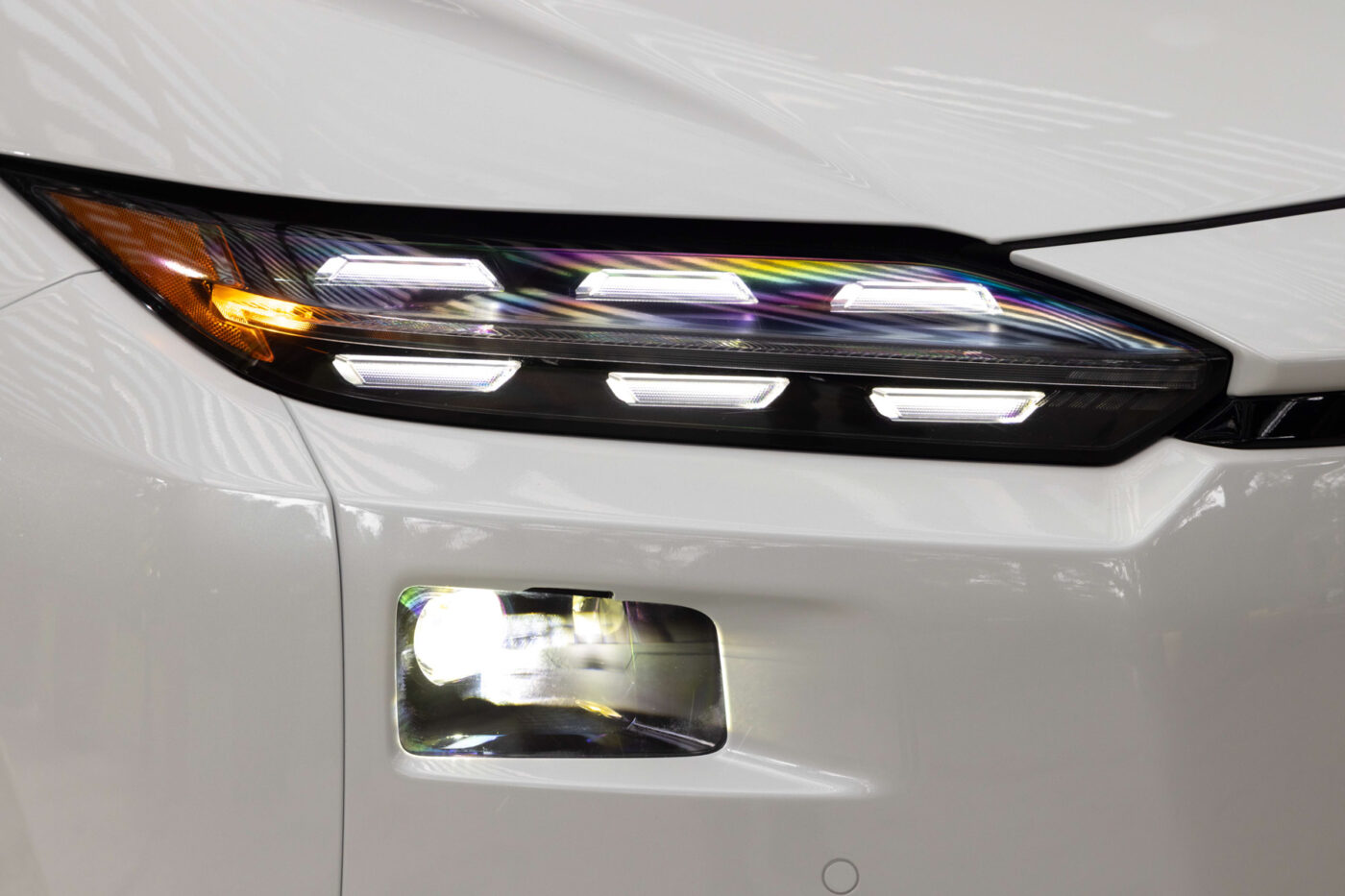
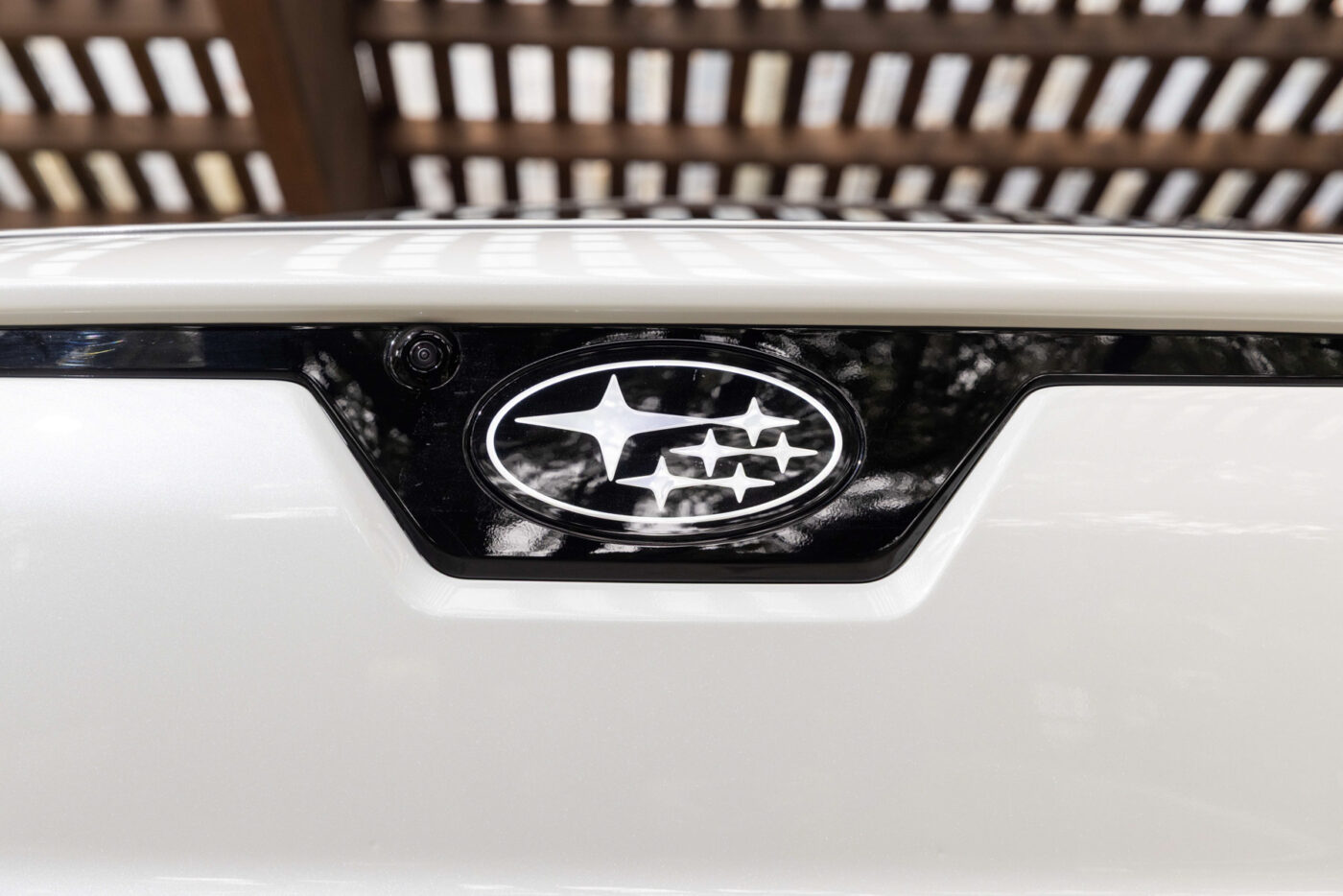
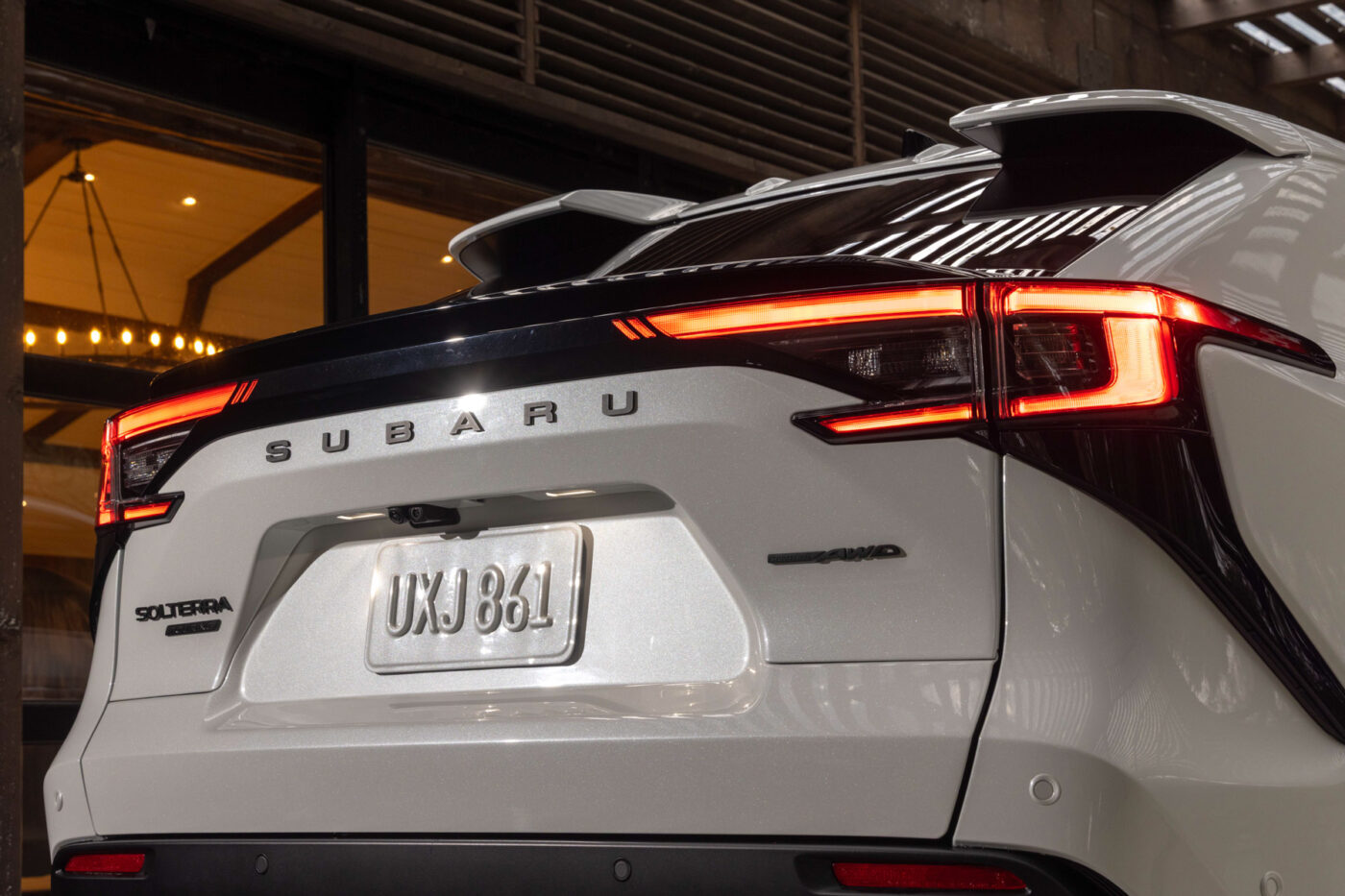
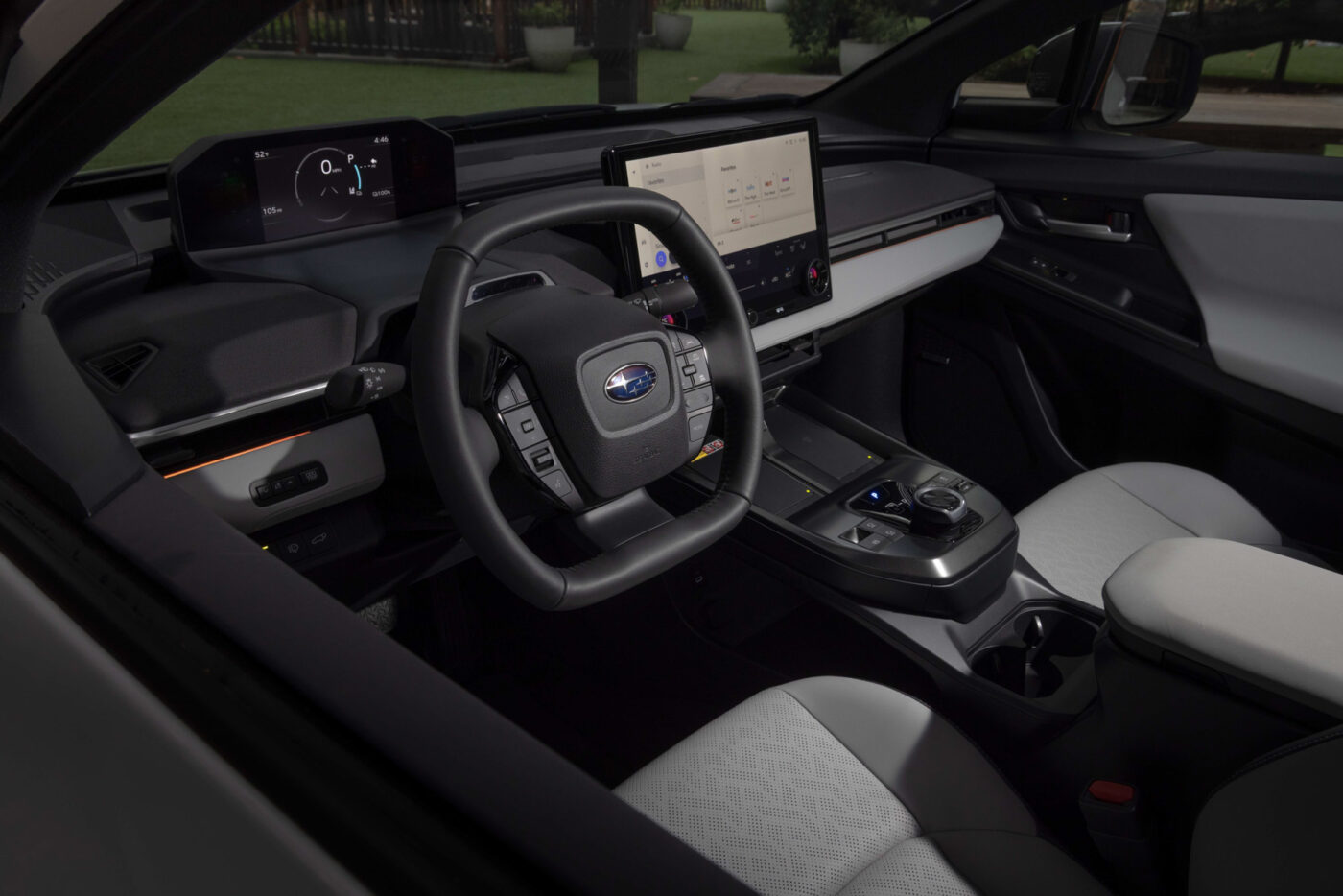
What both the updated Solterra and the new Trailseeker have in common is a new lighting signature exclusive to Subaru’s electric models. The brand’s six-star logo is now illuminated, and the new headlight design – featuring six light elements in a nod to the emblem – will be unique to the EVs. In the case of the Solterra facelift, the changes also include a redesigned bumper, new alloy wheels, and some tweaks to the rear.
The Solterra was developed in cooperation with Toyota and is based on Toyota’s e-TNGA platform. Given the similar technical specifications, it is likely that the Trailseeker EV is also built on this platform. Toyota recently refreshed the Solterra sister model, the bZ4X, adding features such as battery preconditioning, although the specifications for battery and drivetrain differ slightly from the Subaru models. Rather than offering an off-road SUV, Toyota is pairing the bZ4X with a coupé-style electric SUV called the C-HR+.
subaru.com (Trailseeker EV), subaru.com (Solterra facelift)

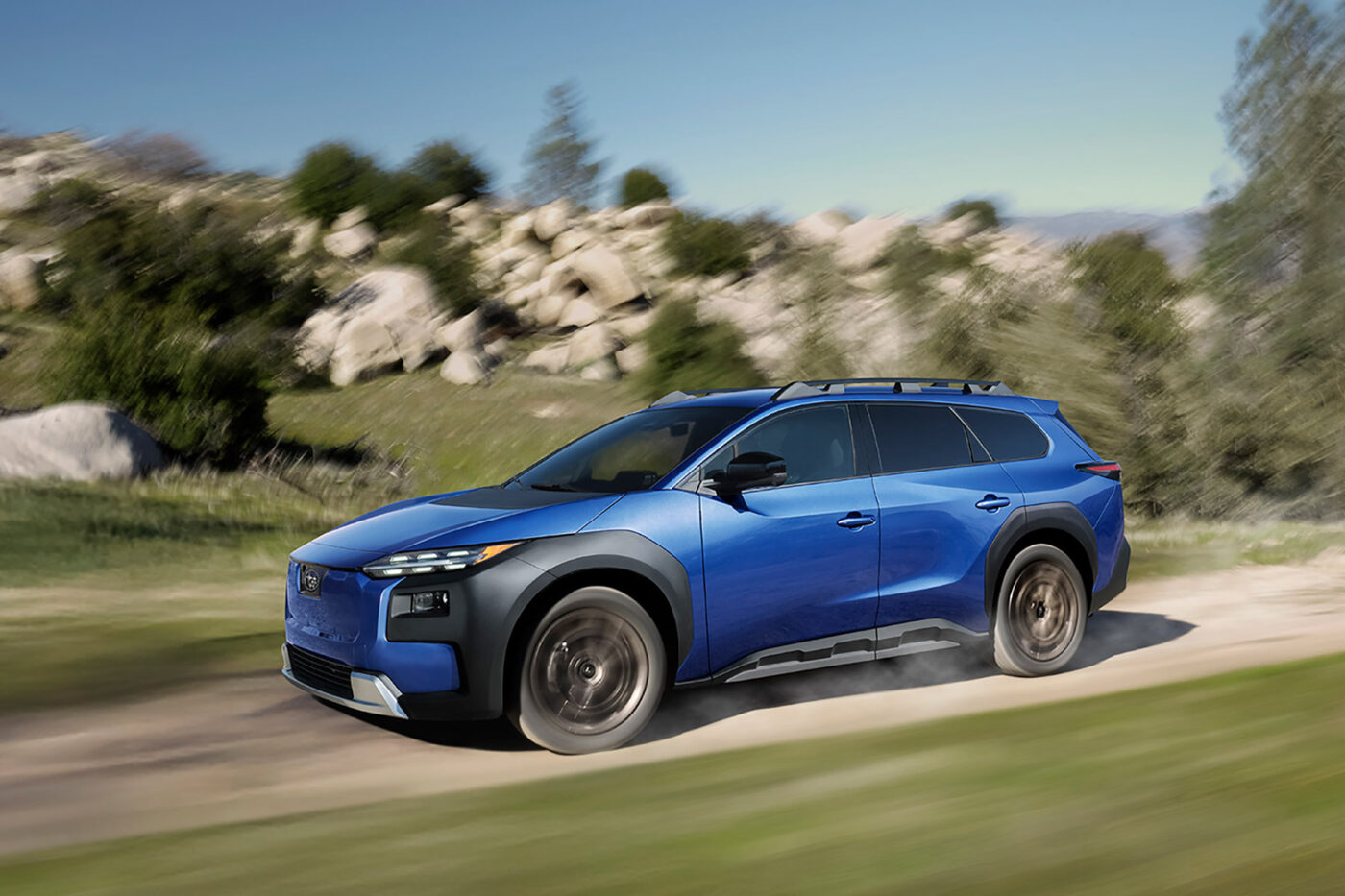
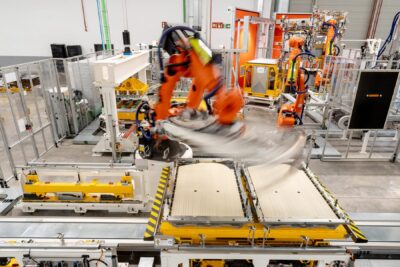
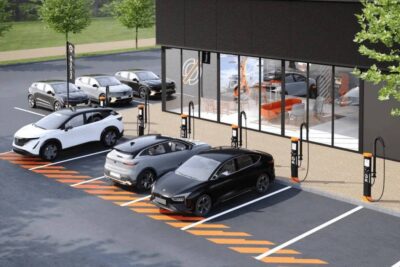
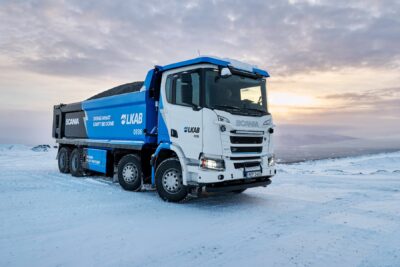
0 Comments